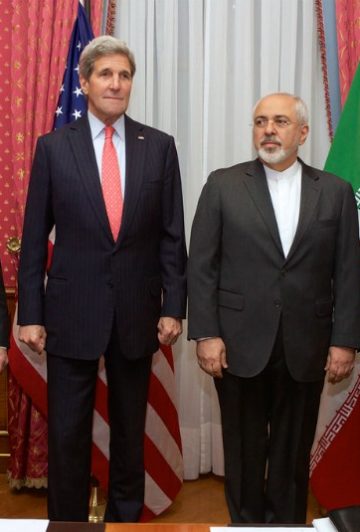
The Iranian Challenge
Michael Doran
Hertog Foundation | 2016
Nothing in American foreign policy is more controversial than President Obama’s efforts to contain Iran’s nuclear program. In April 2015, after a marathon negotiating session in Lausanne, Switzerland, the debate entered a new phase when the United States and its negotiating partners (the so-called P5+1) and Iran announced a breakthrough. The Obama administration and its supporters claim that the agreement will severely restrict the Iranian nuclear program for at least a decade. In their more optimistic moments, they go even further, arguing that the deal will lead to an historic reconciliation between the United States and the Islamic Republic. Meanwhile, the framework’s detractors depict it as an abject capitulation that has weakened the United States and its regional allies.
Whether you side with the Obama administration or its critics, the deal is colored by your understanding of the Iranian threat. One school of thought argues that the Islamic Republic is essentially a defensive power whose days are numbered. In these, its twilight years, it can easily be contained. If the United States and its ally, Israel, will simply avoid rash military action, so the thinking goes, then they will certainly prevail over Iran in the long run. Alternatively, a second school of thought sees Iran as an offensive power. Harboring hegemonic regional ambitions hell-bent on acquiring a nuclear weapon, Iran poses a serious danger to regional order, not to mention American primacy. Countries threatened by the Iranian nuclear program, so this school claims, will inevitably acquire their own arsenals. The Persian Gulf, which contains two-thirds of global oil reserves, will become the focal point of a multi-sided nuclear standoff.
After a brief survey of the historical background, this seminar will investigate the Iran debate in depth and will conclude, on the last day and a half, with a war game.
Image courtesy U. S. State Department